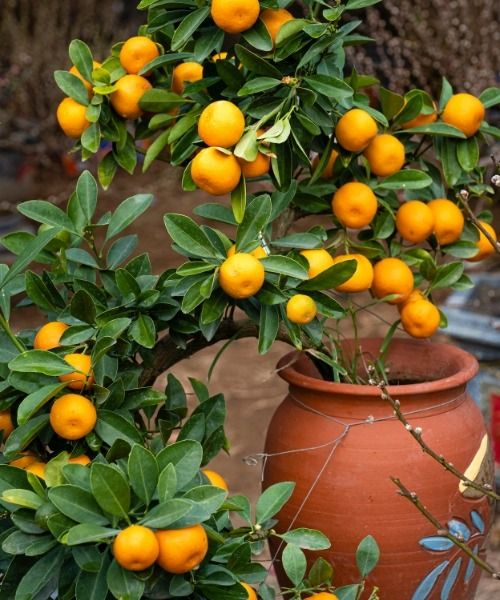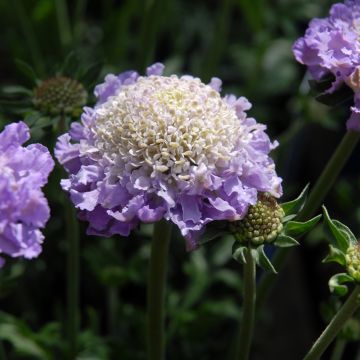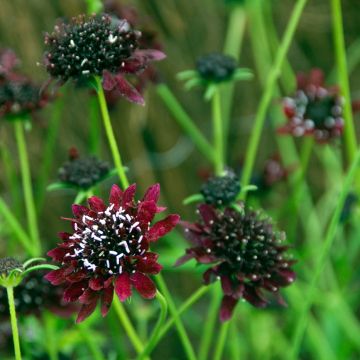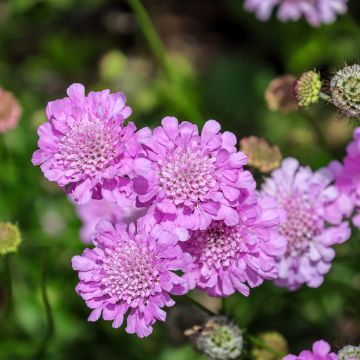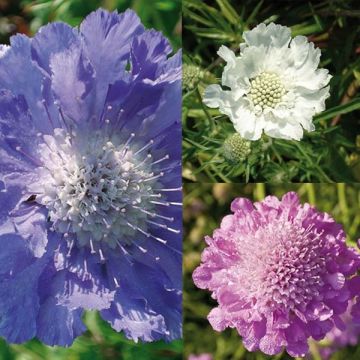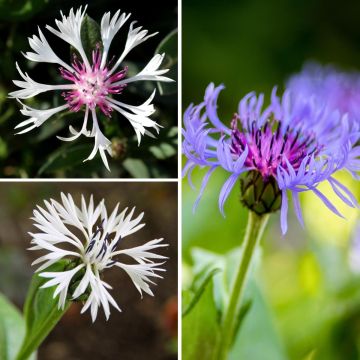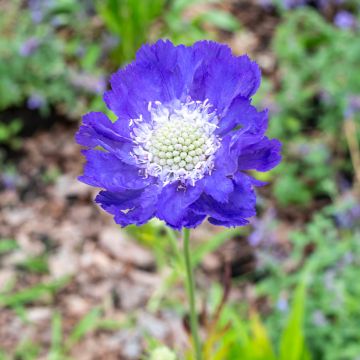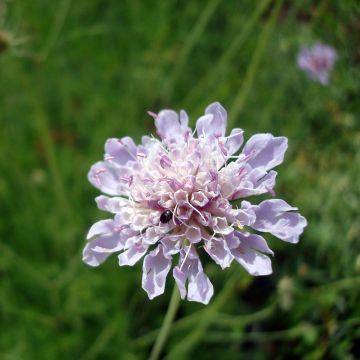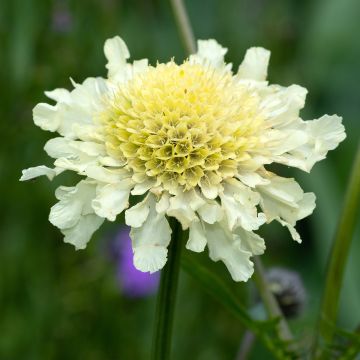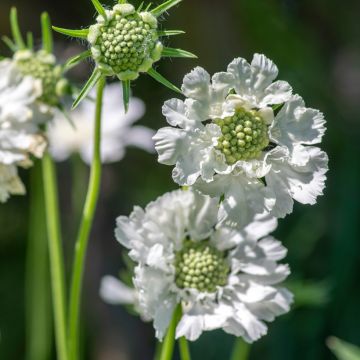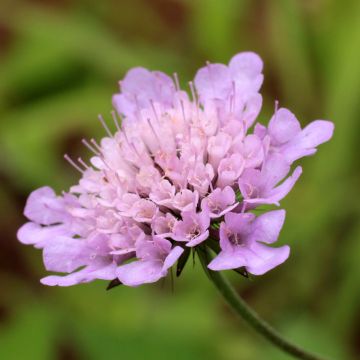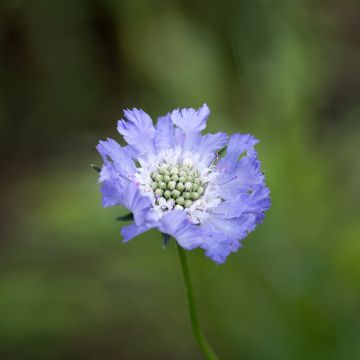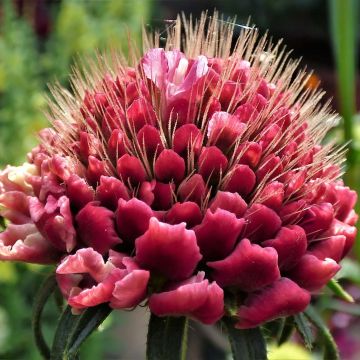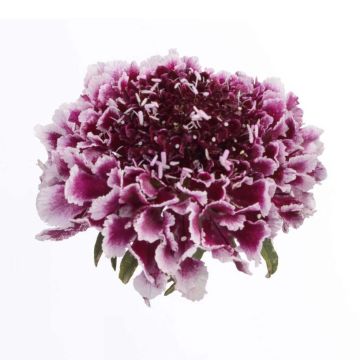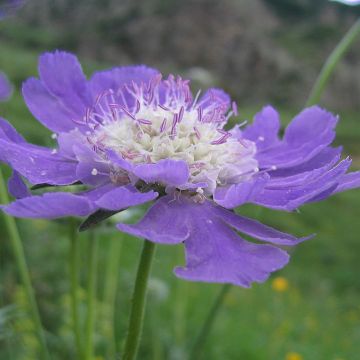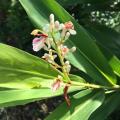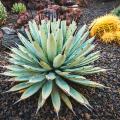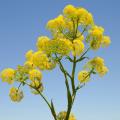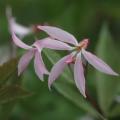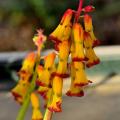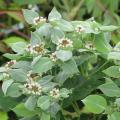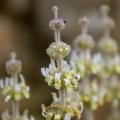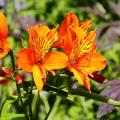Scabiosa - Pincushion
Would this plant suit my garden? Set up your Plantfit profile →
Available in 2 sizes
Available in 1 sizes
Available in 2 sizes
Available in 0 sizes
Available in 0 sizes
Available in 1 sizes
Available in 1 sizes
Available in 1 sizes
Available in 2 sizes
Available in 1 sizes
Available in 1 sizes
Available in 1 sizes
Available in 1 sizes
Available in 1 sizes
The Scabious plants (Scabiosa in Latin) are easy to grow plants that require significant sunlight to bloom profusely. The majority of them are perennial and hardy, but some varieties have a short lifespan and they sometimes behave as annuals. These plants easily self-sow as long as the soil is light and well-draining. The flowers of these dipsacaceae are composed of crumpled petals in cream, white, blue, violet, or black, topped with a heart of the same color. Two of the trendiest varieties are Scabious 'Chile Black' and ochroleuca which are bushy, outgoing varieties with numerous small flowers; these can be planted in a dry, wild-looking or very mineral garden mixed with grasses. The more classic varieties: Scabiosa caucasica Fama, Perfecta, and Alba on the other hand, are more restrained, with large crumpled and structuring flowers, and will find their place in a mixed border planted with roses, perennial geraniums, peonies, or baby's breath. Easy to grow, scabious plants thrive in sunlight, in any type of well-draining, rich and light soil, some even tolerate rocky and poor soils. Their main enemy? Heavy, wet soils in winter.
Haven't found what you were looking for?


































